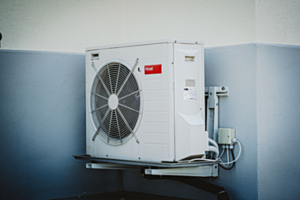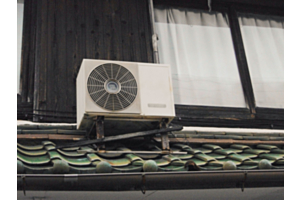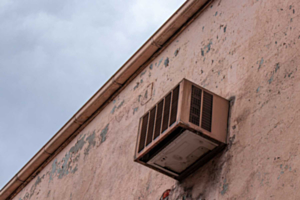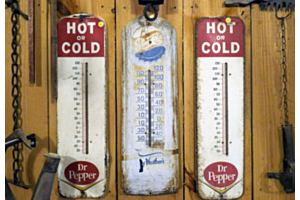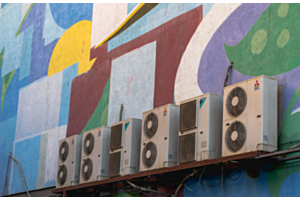Monthly Archives: June 2020
-
June 24, 2020
With summer already here, now is the perfect time to switch to a more efficient ductless mini split system. Before you proceed though, you need to know how many amps such a system would use.
We’ll answer that ahead, but first, let’s differentiate between amps, watts, and voltage.
Amps or amperes is the unit for measuring electricity. The accepted standard unit used for measuring how fast an electric current flows is an example of an ampere. Watts is the basic unit of electric, mechanical, or thermal power, equal to one joule per second: for electric power it is equal to one volt-ampere. You use watts all the time when you power on your coffeemaker, run a blender, use your hairdryer, or watch TV.
Voltage or volts are the basic unit of electromotive force, or difference in potential, that causes a current of one ampere to flow through a conductor having a resistance of one ohm. It sounds a lot like amps, but it is not. Amps are the actual electricity from
-
June 17, 2020
You have done your research, and you’ve decided that you’re interested in a ductless mini split system for your home or office. Before you schedule your installation job though, you want to be sure you have the full picture of what to expect. Namely, what kind of power requires does a mini split have? Does it need to be on 220 volts or something else entirely?
To determine the power requirements of your ductless mini split system, you must know its model and the unit’s size.
The smaller your ductless mini split generally, the less power you need. For example, if your system produces heating or cooling at a rate of 9,000 BTUs or 12,000 BTUs, then you should comfortably be able to use 110 volts of power on your ductless mini split.
Once your mini split system exceeds 12,000 BTUs, the chances of it needing at least 220 volts of power go up significantly.
Besides knowing the kind of power requirements for the ductless mini split, you also must
-
June 10, 2020
You are gearing up to make a significant purchase, the replacement of your furnace or air conditioner. You are easily looking at a job that costs four figures, maybe even five depending on the scope of the work.
You have spent a few weeks budgeting, but curiosity has gotten the best of you in the meantime. You have begun to wonder if there is a way to adequately cool or heat your home without spending a fortune for a new unit.
You have had your eye on a ductless mini split until a neighbor told you how much more expensive these are to run. Is that true, or is a ductless mini split the best option for your home?
It is a common myth that mini splits cost more to operate compared to a gas or oil heater. It is okay if you believed that myth until now, but we are here to tell you it is simply not true. Mitsubishi, a leading name in mini splits, says that, compared to using a gas or oil heater, you can shave your spending by $1,000 to $2,000 every
-
June 03, 2020
When the summer temperatures get you sweating, you crank up your AC. The only problem is your old air conditioning unit can hardly handle it. It chugs and strains under the pressure, and in the meantime, you wonder if you will get another year of cooling.
You have begun to investigate your other options, as you know your AC’s days are numbered. One option that has really grabbed your attention is a ductless mini split. Such a system looks less bulky than your giant outdoor air conditioning unit, not to mention it seems you can save money too.
However, before you dump your old air conditioner for good, you must know one thing. Is it possible to cool your whole home with mini split technology?
Absolutely!
Granted, you will likely need several mini splits as part of your cooling system, and these will be installed in those especially sticky and sweaty parts of your home. Anywhere you want cooling most though, from those


